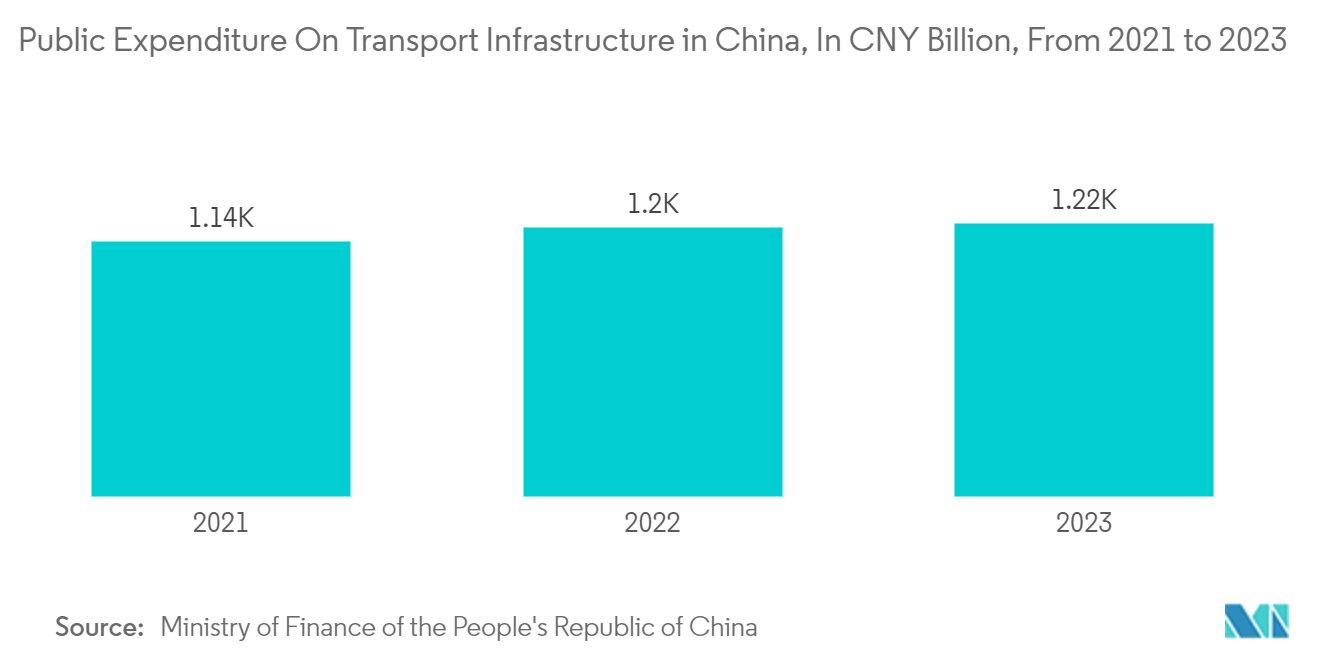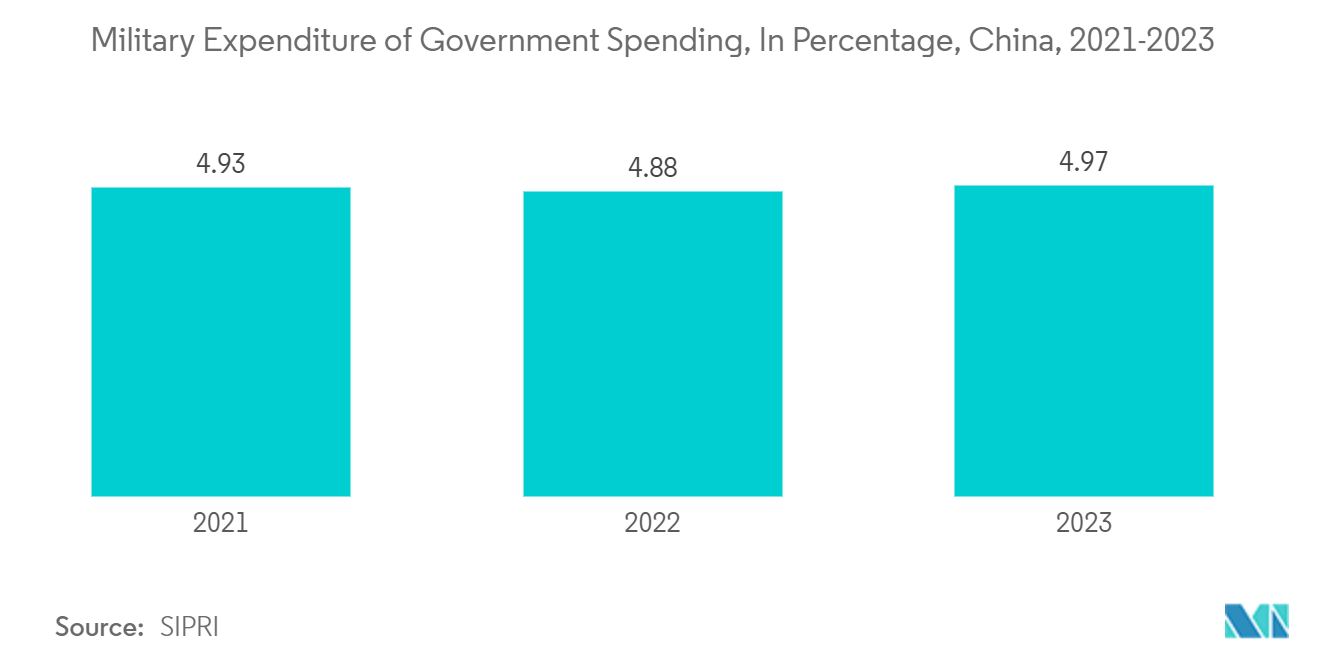Market Trends of China Video Surveillance Industry
The IP Camera Segment Is Expected to Hold Significant Share
- An IP or internet protocol camera is a digital security camera that receives and sends video footage via the IP network. They are ubiquitous for surveillance. IP cameras do not require a local recording device; only with the help of a regional network can it work. An IP security camera can transmit the footage over the wireless network. In particular, IP cameras use Wi-Fi, an Ethernet cable, or USB to connect to a network video recorder (NVR).
- The continuous advancements in various industry verticals, such as institutional, infrastructure, commercial, and residential sectors, are rapidly evolving. These industries rely on highly advanced surveillance cameras to protect their assets and ensure the safety of their customers. In addition, the country is witnessing aggressive investments in infrastructure development. For instance, according to the Ministry of Finance of the People's Republic of China, in 2023, the country invested a total public expenditure of about CNY 1.22 trillion (USD 0.17 trillion) on transport infrastructure.
- Owing to the flexibility of the IP camera, it can be easily deployed and repositioned in various scenarios within an infrastructure building. Additionally, as IP cameras operate on a network, additional cameras can be added to the system without significant infrastructure modifications, making it easier to expand surveillance coverage.
- Further, IP cameras can be integrated into broader Internet of Things (IoT) ecosystems and smart home systems, enhancing their functionality and interoperability. Integration with IoT devices and platforms enables automation, data sharing, and enhanced control over the surveillance system, providing users with a more comprehensive and connected security solution.
- In addition, the rise of cloud-based video surveillance solutions has facilitated the rise of cloud computing. IP cameras can be connected to cloud platforms, enabling secure storage, remote access, and advanced analytics capabilities. Cloud-based solutions offer scalability, flexibility, and cost-effectiveness to various customers, making them appealing.

Defense End-user Vertical Is Expected To Hold Significant Share
- As a significant global power, China highly emphasizes national security, which includes safeguarding its borders, critical infrastructure, and public safety. Video surveillance meets these security priorities by providing real-time monitoring, threat detection, and evidence collection capabilities.
- Further, China has one of the world's most enormous defense budgets, enabling significant investments in advanced technologies and equipment. This financial support has allowed the defense industry to develop and deploy sophisticated video surveillance solutions tailored to defense applications, such as border control, military installations, and sensitive government facilities. According to SIPRI, the Chinese government has increased its defense spending by 4.97%, which will help technological advancements.
- Moreover, defense-related video surveillance systems require robust data protection mechanisms to safeguard sensitive information. The defense industry's expertise in cybersecurity and encryption technologies ensures that video surveillance data remains secure and protected from unauthorized access. These systems complement and synergize with other defense technologies like radar, drones, and biometrics. The integration of these technologies enhances overall defense capabilities, providing comprehensive situational awareness and threat detection.
- The defense industry in China benefits from solid research and development capabilities, with dedicated institutions and organizations focusing on developing cutting-edge technologies. For instance, video surveillance systems, including unmanned aerial vehicles (UAVs) equipped with cameras, are used for intelligence gathering, reconnaissance, and surveillance missions. These systems provide real-time video feeds and imagery for situational awareness, target identification, and mission planning. These capabilities contribute to creating advanced video surveillance solutions that meet the specific demands of defense applications.


